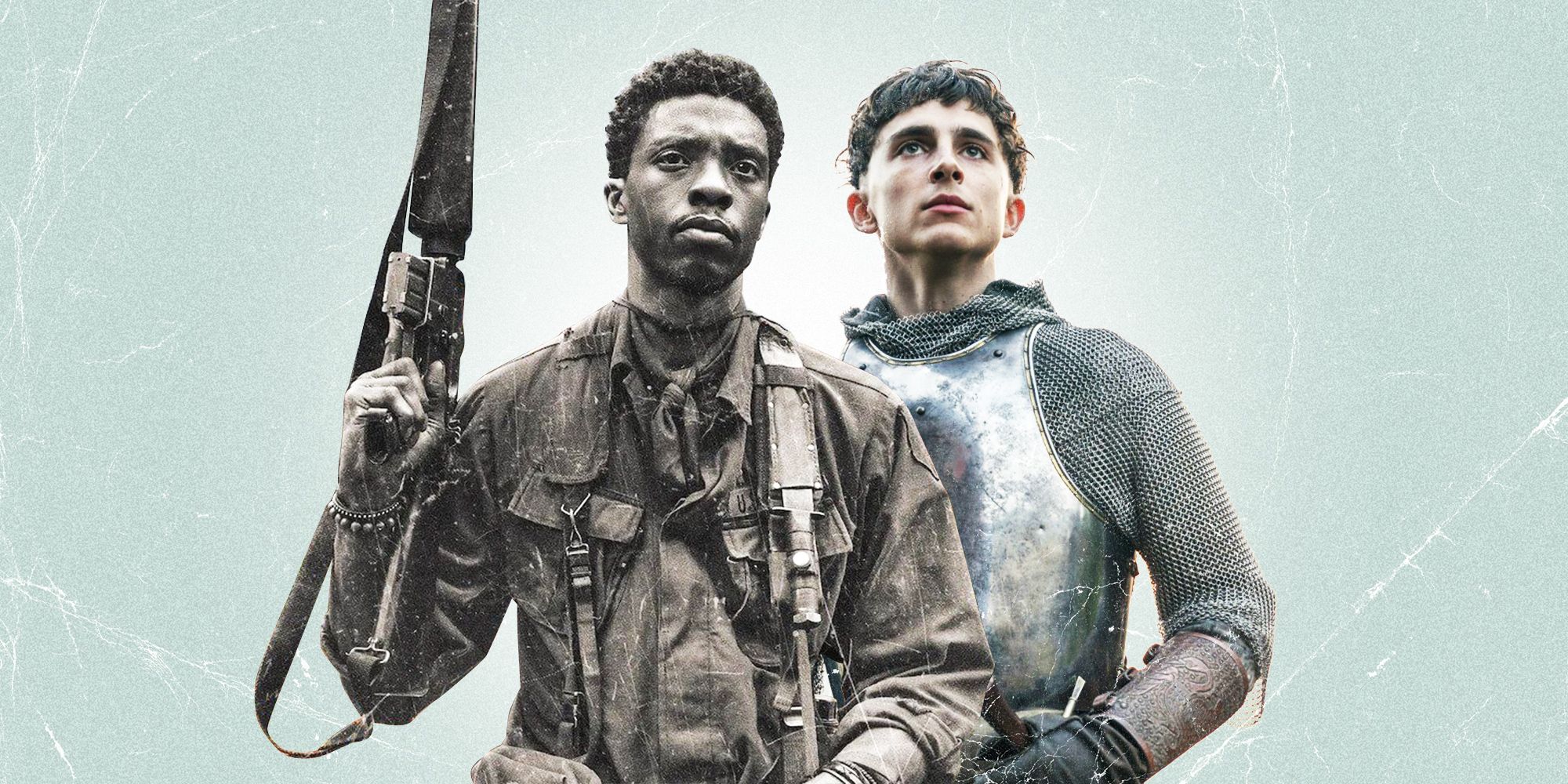

The film’s gorgeous cinematography contrasts with its searing subject matter as Klimov’s camera traverses atrocity after atrocity and in a remarkable performance, the lead, 16-year-old Aleksei Kravchenko, ends the film looking like an old man. He gets his wish - and the viewer joins him as he descends into the abyss. Set in occupied Byelorussia, the film covers a young lad who seeks to join the partisans and see the war.
#Best action hollywood movies hindi dubbed on afghanistan war movie#
In this vein, no war movie list is complete without director Elem Klimov’s haunting and traumatizing masterpiece. Stalingrad was one of the most hideous battles ever fought Stalingrad memorializes it with one of the bleakest movies ever produced.ġ: Come and See (USSR, 1985) The only thing worse than the war on the front lines was the war behind the front lines - for it was in the counter-insurgency operations in the USSR, Poland and Yugoslavia that the Nazis unleashed their most savage and genocidal instincts. They were wiped out in the city.) Set pieces capture the hideous struggle in all its gory: a bloody assault on fortified Soviet positions in a ruined factory the agonies of the wounded in a sordid underground field hospital T34 tracks grinding German infantry to death in their holes in the snow and desperate crowds of wounded men mobbing aircraft attempting to fly out of the doomed fortress-city. (The combat engineer units, specialists in flamethrowers and explosives, did, indeed, exist. Their mission: To break the iron Soviet resistance in the rubble and bring the grinding battle to a victorious conclusion. The viewer follows a battalion of elite German assault engineers as they deploy from sunny Italy to the farthest reaches of the Russia steppes. Made by the same production team who had produced the classic submarine drama Das Boot, it uncompromisingly covers the German Sixth Army’s destruction with full-on, Hollywood-style production values. This gritty adaption finds them reaching their own limits, despite the camaraderie that unites them, as they are relentlessly whittled down in combat after combat.Ģ: Stalingrad (Germany, 1993) The grip that Stalingrad had over the German psyche remained firm as late as 1993 - as witness this movie. Superbly shot on location with thousands of extras from the Finnish Army, Unknown Soldier is the story of the Finnish “deep forest fighters” who were engaged on the eastern front’s northernmost limits. This film is the third and most recent adaption of the most famous Finnish novel of the war (not to be confused with Franco-German Guy Sajer’s classic The Forgotten Soldier which tells of a panzer grenadier’s experiences on the Eastern Front).

The latter were perhaps the one nation to emerge with their honor intact: They were (largely) fighting a defensive war were lauded for their combative prowess and do not stand accused of the atrocities their allies committed.

Enemy at the Gates (2001) covering the exploits of snipers in Stalingrad, boasted Jude Law’s star appeal, but was criticized for inaccuracies.Ĩ: Unknown Soldier (Finland, 2017) It was not just Germany versus the USSR: A range of European nations fought alongside the Nazis in the East: Hungarians, Italians, Rumanians, Italians, Spanish - and Finns. Sam Peckinpah’s blood-spattered Cross of Iron (1977) about a German unit retreating from the Crimea, is beloved of war-movie buffs, but is not considered a top-tier Hollywood war flick. With such a richness of closer-to-home material to draw from - D-Day, Arnhem, the bomber offensive, Pearl Harbor, Midway, etc - the Eastern Front has, perhaps understandably, been largely overlooked by Hollywood. Yet while war films are a popular genre, little of the above has been seen by Western cinema audiences. In a battle to the death between dictator and dictator, the blood price paid by the USSR was massive: 27 million Soviets are believed to have perished in four years of war. The death camps were exclusively established in Poland, and the dark forests and broad steppes of the USSR became slaughter grounds as SS units undertook “counter-insurgency” operations against partisans and civilians, and unleashed their mobile death commandos, the Einstatzgruppen against Soviet Jews. Moreover, it was in the East that the Nazis carried out their worst atrocities.

And eventually, it was not the Union Flag or the Stars and Stripes that was raised over Berlin’s Reichstag, but the Red Banner.


 0 kommentar(er)
0 kommentar(er)
